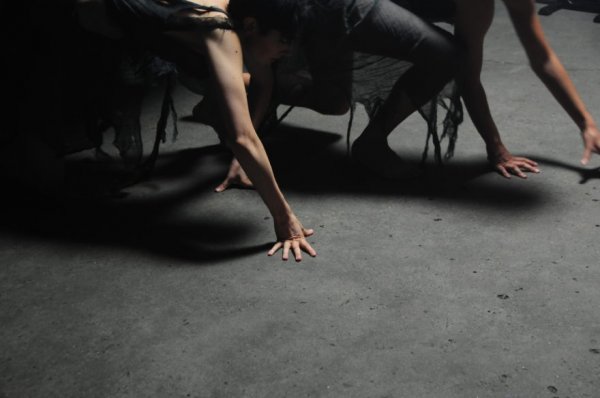Samira Mahboub – Samania for Monrowe
SAMANIA
story by AMEL MEGHRAOUA
There is a feeling of transcendence in the art of dance, whereby every touch, gaze or movement becomes as communicative as speech — provoking a wordless dialogue between performer and audience member. Incorporating elements of photography, fashion, and film theory within each of their performances, the creative duo known as SAMANIA embodies this distinct means of expression. Dance: motions charged with aesthetic and symbolic value. The duo itself is composed of Samira Mahboub (Germany) and Ania Catherine (USA). Together, they explore themes of gender, colonialism, and sexuality through careening artworks that teeter on the edge of genre. In conversing with the Artist / Scholars, I was eager to delve deeper into their expressive artworks as well as their most recent film piece, “Hex,” which recently premiered at the International ceremony of Screen Dance in Spain.
AMEL: I read that you met while working toward your respective Masters degrees at London’s School of Economics, Gender Institute. Can you tell us more about this initial meeting?
SAMANIA: We first talked while on a break between classes and immediately felt like we had known each other for years. We discussed our research interests, backgrounds, and exchanged some links to past creative work, realizing we had even more in common than we had initially thought. Pretty soon after that, we found ourselves spending all our time together and SAMANIA was born. Our first piece “cloth” was a video art piece intended to start an inter/intracultural conversation about women, identity, restriction, agency, freedom, and (miss)perceptions thereof. We used a postcolonial framework to visually problematize the view that the veil is a sign of oppression and the absence of the veil is a sign of freedom.
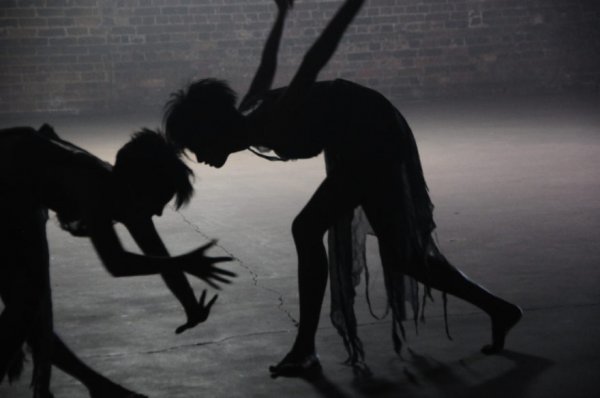
AMEL: Your work incorporates themes of social and political critique. In what ways do your personal passions and academic backgrounds help shape your current work?
SAMANIA: Our personal backgrounds and academic interests make up the platform for all our work. Although we both came from different places (religiously, geographically, culturally), we have so much overlap in our interests. For example, we are both concerned about the divisions made among women by patriarchy and coloniality. We see so much feminist activism focused on equality between women and men and want to draw attention to equality amongwomen from an intersectional perspective. In our own ways, we have dedicated our academic and creative careers to bridge-building — to tackling difficult subjects and conversations via visual art. We feel an immense drive and also a responsibility to tie our creative work directly to our political positions, current events, and treat our art and image-making as activism.
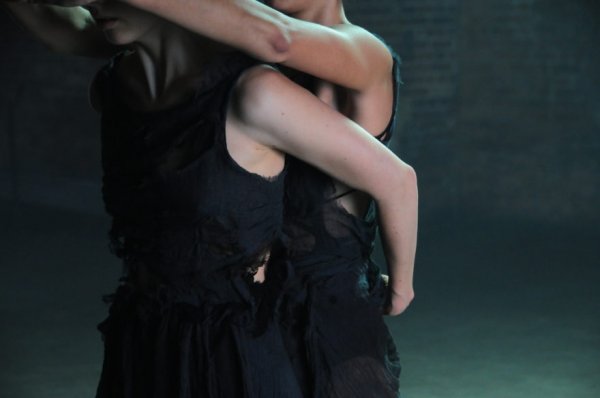
AMEL: Given your choice to address these issues by way of dance, what are your views on the medium’s larger role in addressing social change?
SAMANIA: The body is central to many of the subjects we work with, so we always knew that bodies and movement were going to be significant parts of our practice. Working with the body highlights how much more we are the same than we are different and helps us overcome one of academia’s main problems: accessibility…. We want to take advantage of mainstream channels of communication to shed light perspectives that are often left out of them. Dance and performance are fairly universal and democratic forms of communication. You don’t need to be educated to feel something from the movement of a body — to relate to another body in front of you.
As women, our bodies belong to us, but there is also always this looming feeling that you have to constantly fight to feel ownership over it. Our bodies are tamed via socialization under patriarchy; and movement is a way to uncover a voice from our bodies that is actually ours. Some of our work we would categorize as performance art instead of dance; it is more about being present in designed scenarios like “cloth“ or “Phase.” Our latest piece “Hex” is definitely the most movement/dance-centric but the choreography is grounded in a political stance. We use movement to express what women are taught to hide: power, rage, sexuality.
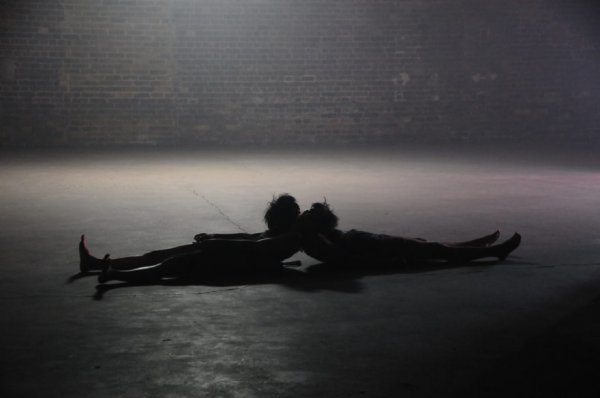
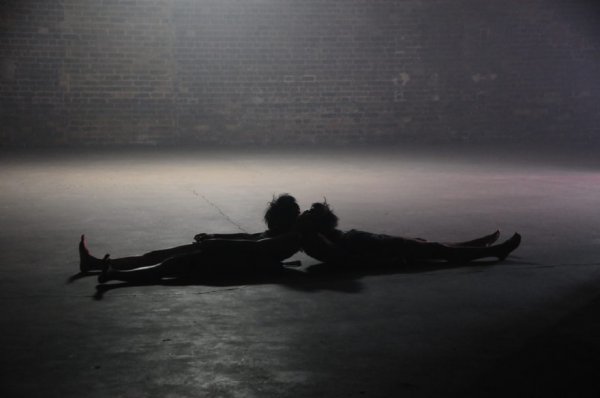
AMEL: Your most recent piec, “Hex” plays on themes of voyeurism. Can you tell us more about your concept and the inspiration behind it?
SAMANIA: “Hex” is a contemporary film adaptation of German expressionist choreographer Mary Wigman’s 1926 performance “Hexentanz,” witch dance. We found a video of her original performance and it hit us viscerally. In a time when women (especially in dance) were expected to be docile, fragile, beautiful, and weightless, here was this woman who was embodying the complete opposite. Wigman was one of the first choreographers who didn’t shy away from ugly or dark movement, and we loved that.
Her movement is visually and actually loud, intense, and, most importantly, an act of reclaiming and owning space. We were moved by her doing this in the 1920s, and even more moved when we realized how little had changed since her time. With huge movements towards reclaiming “witch” as an empowering label, and a global need to tap into ourselves and our own power instead of looking to be guided by the rules of our male-dominated societies, we decided to bring this piece to our generation with our own twist. Ania took signature poses and pieces of choreography from the original piece and tied it together with her own choreography. We designed the camera to act as a gaze that our movements would simultaneous seduce and repel. We worked with an incredible team in London and brought on some of the best artists in fashion, including Lucy Bridge for makeup and Philippe Tholimet for hair. We don’t see it as existing in a specific genre, but floating somewhere between portrait, dance, sculpture, and fashion with immense theoretical and social undertones.
AMEL: ‘Hex’ has just premiered at the International meeting on Screendance in Spain as well as the Breaking 8 International Videodance Festival in Italy. What were your initial responses upon hearing the news?
SAMANIA: Our initial response was pure excitement. To have Hex there and discussed as a significant piece in the field of Screen dance was a dream. We also love that our politics and research is expanding beyond academic spaces, bleeding into film festivals and the dance world.
AMEL: Is there any advice you would like to offer to young, aspiring artists?
SAMANIA: Create time and space to find, listen to, and invest in your own voice and what you want to say. Don’t look around to figure out what you should do. You’re most powerful work isn’t out there. It’s inside you.
